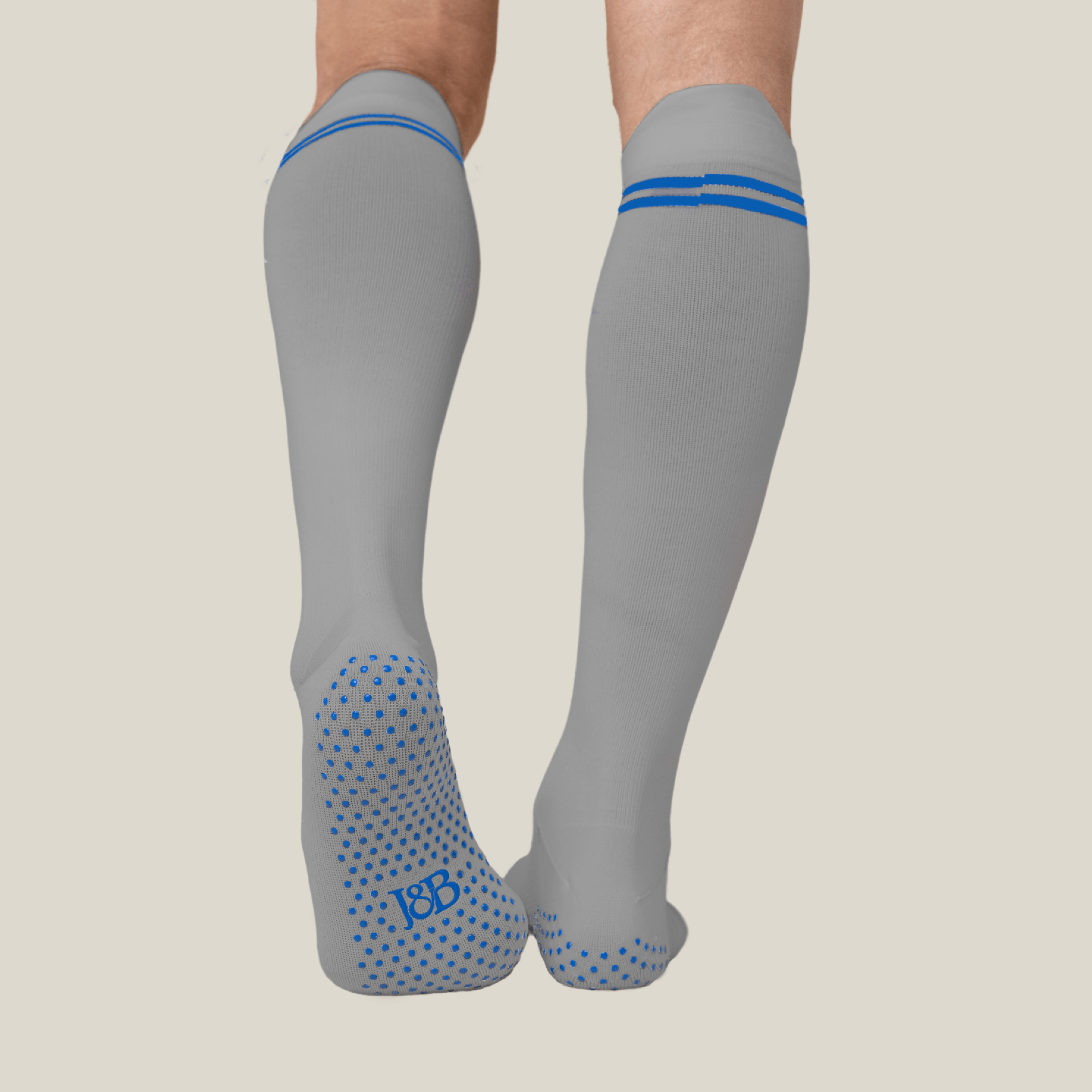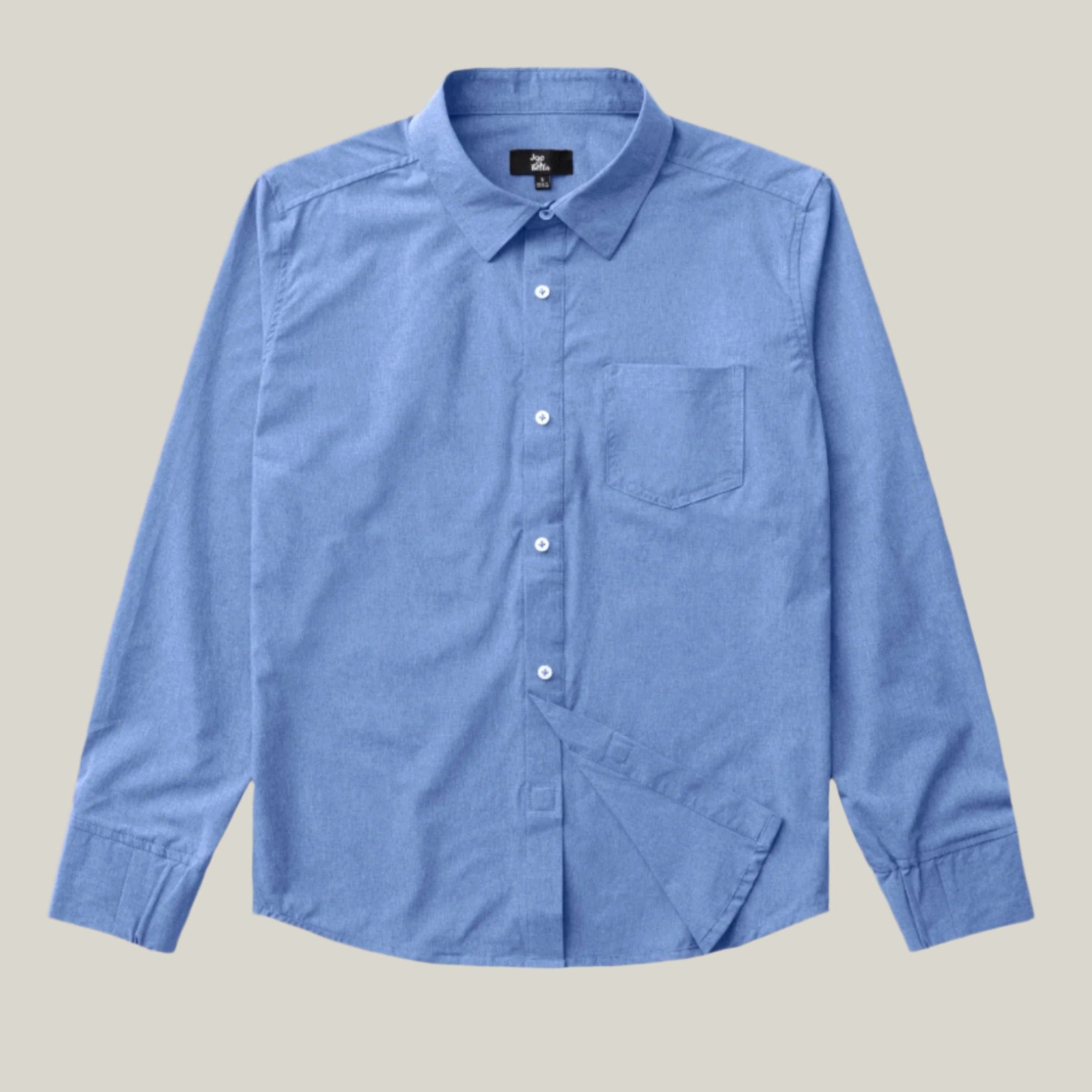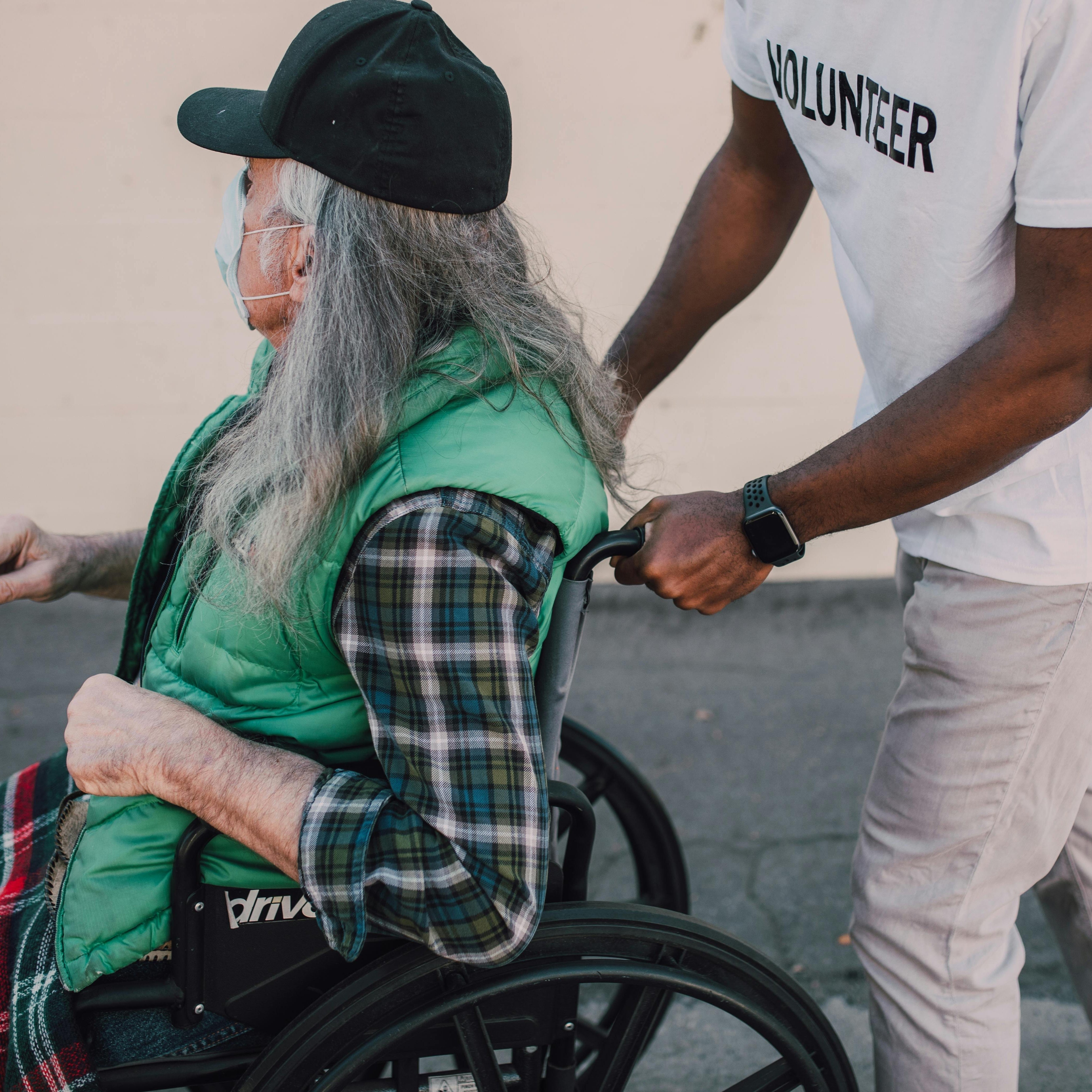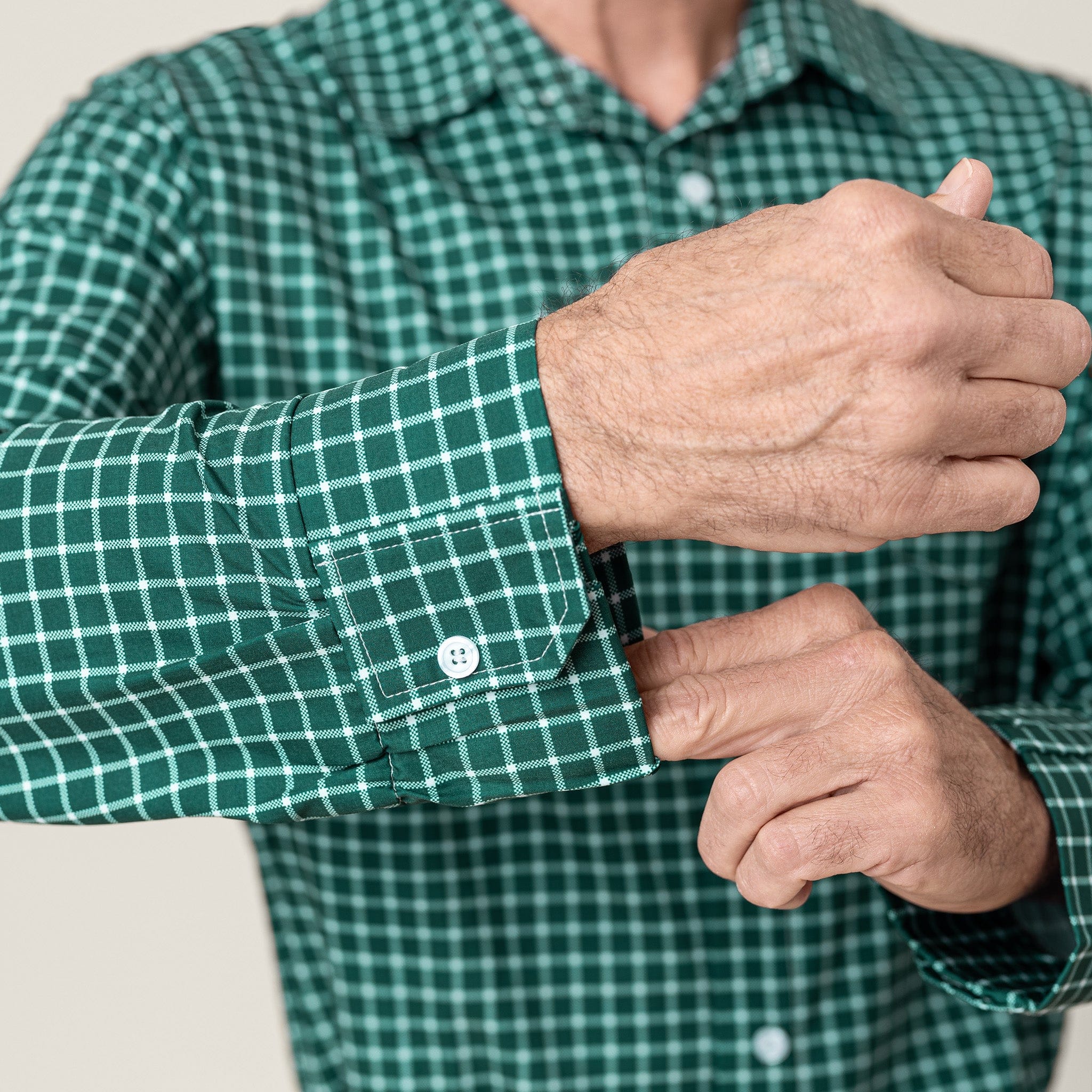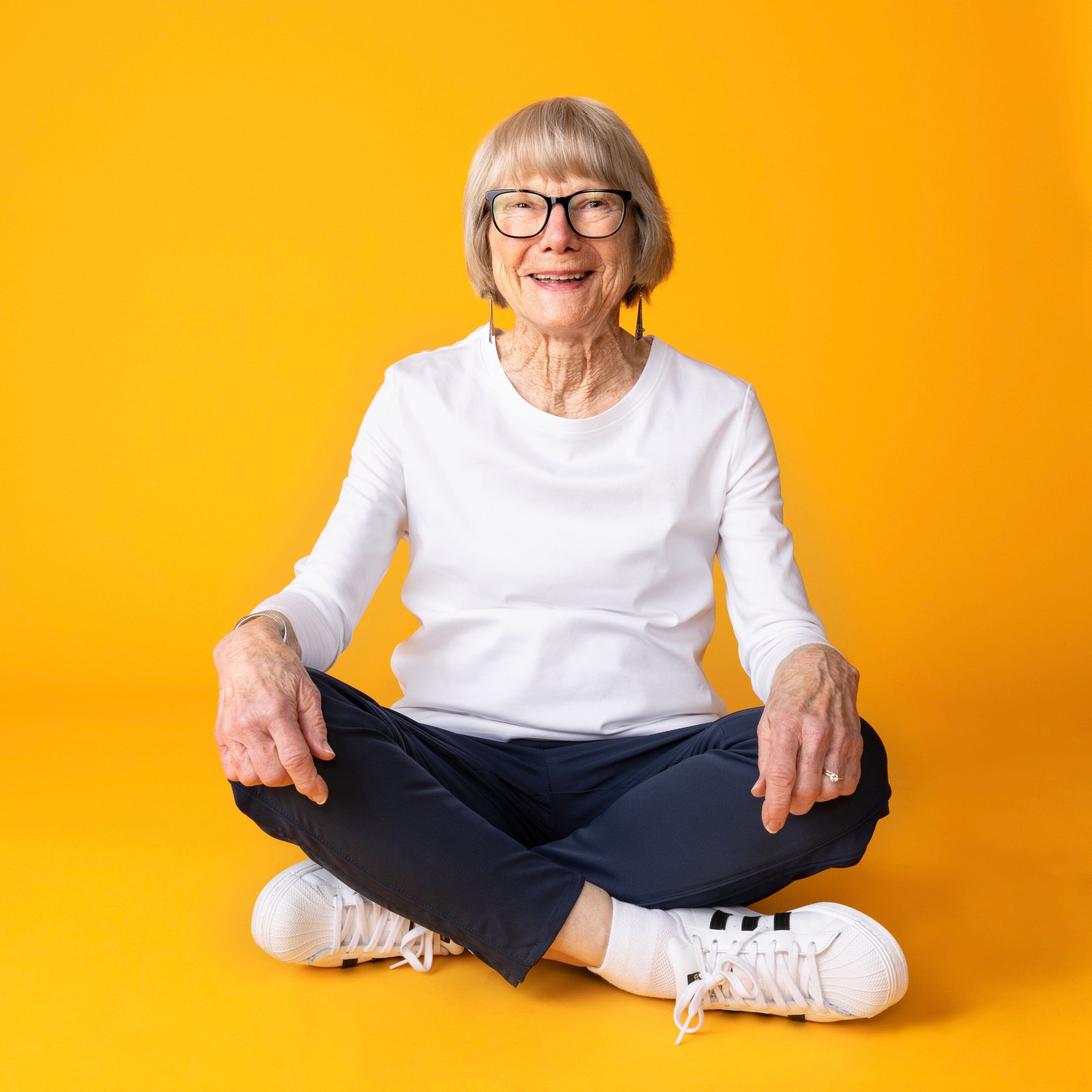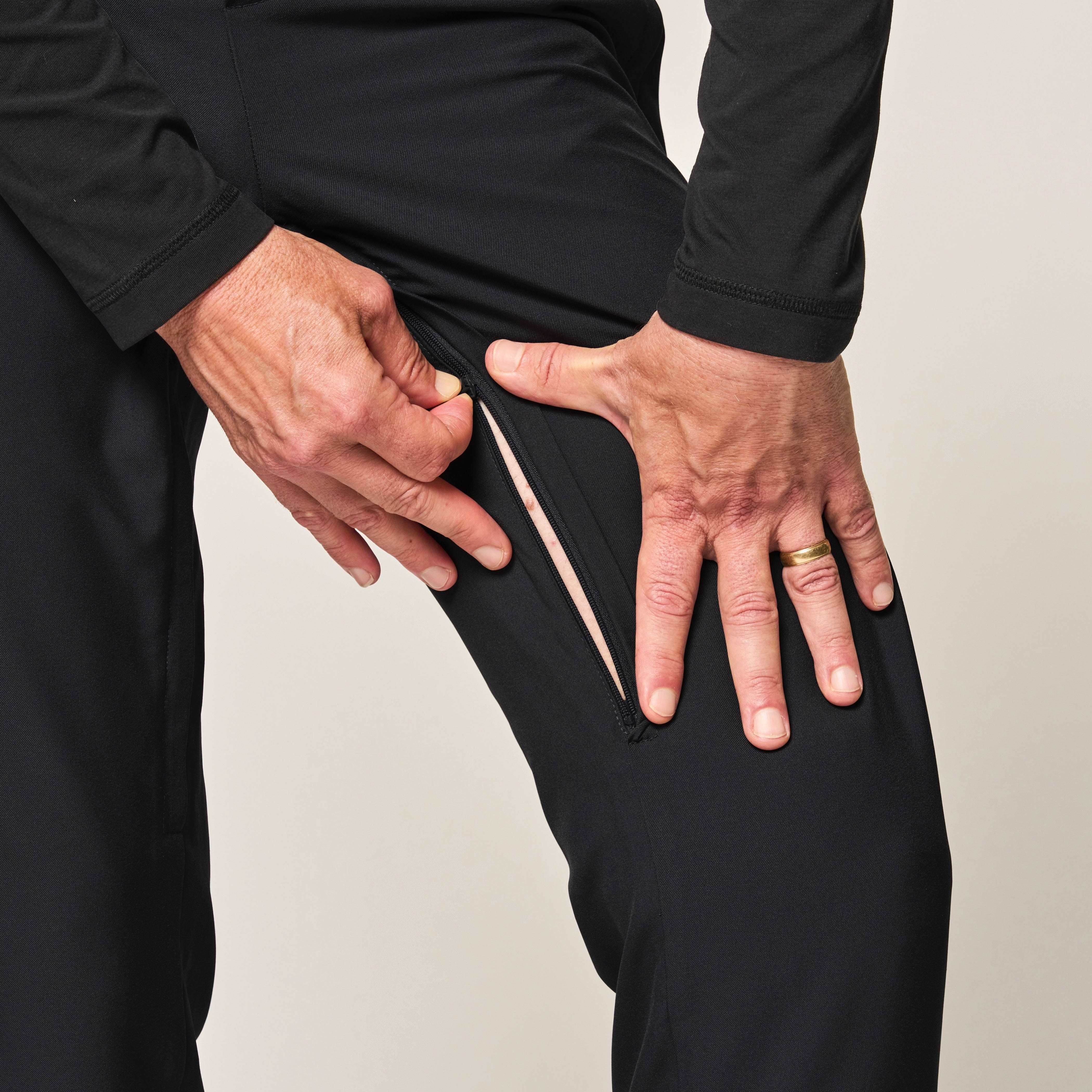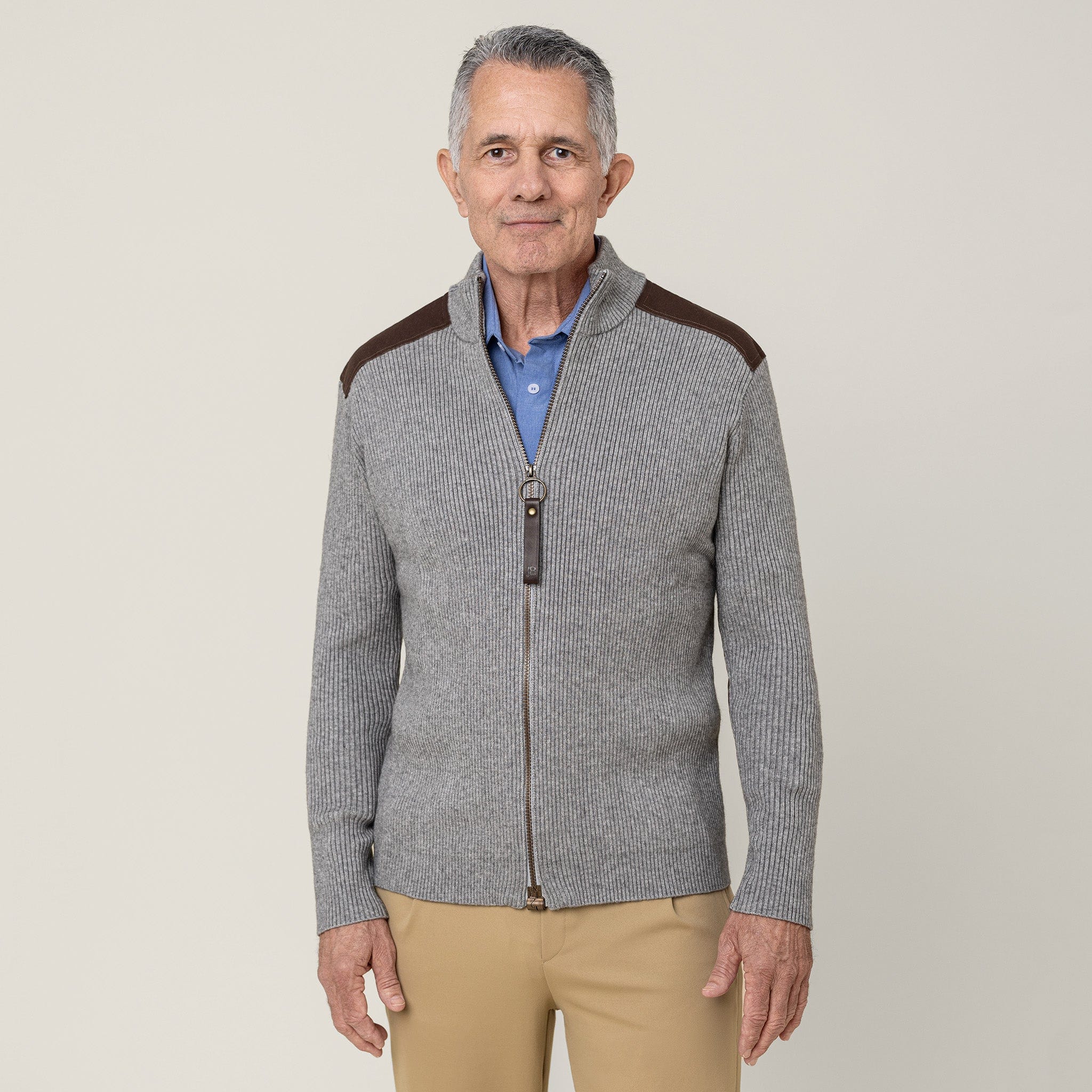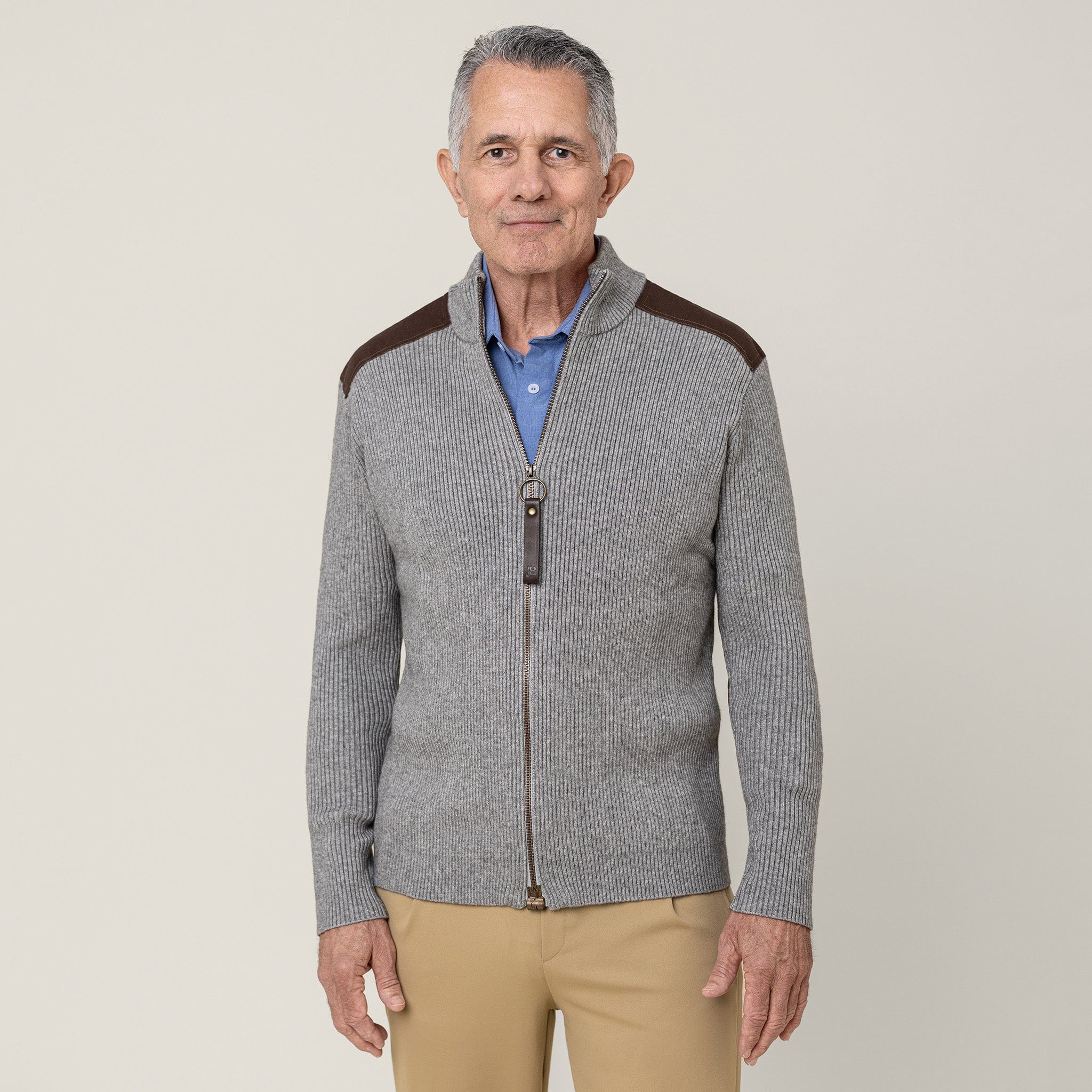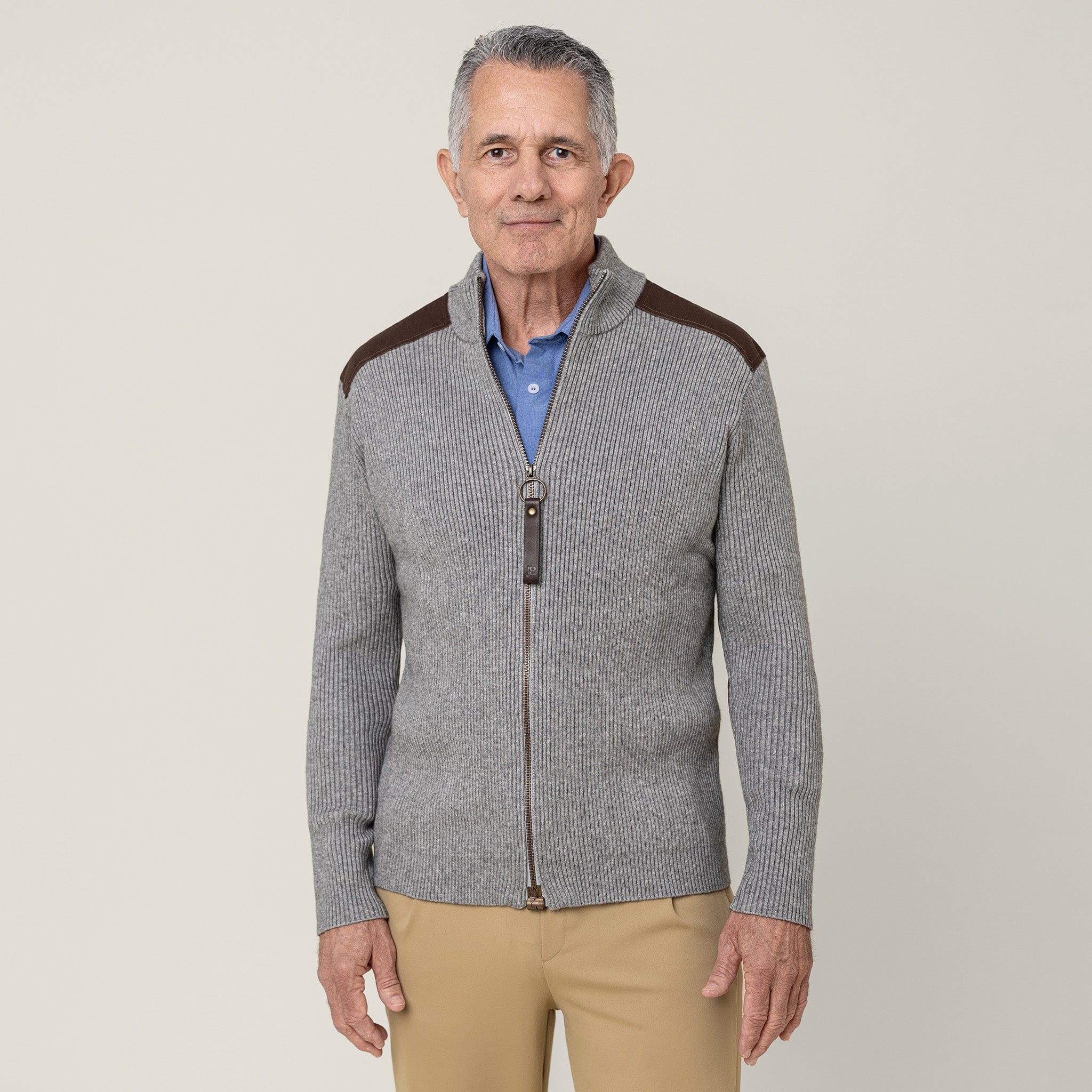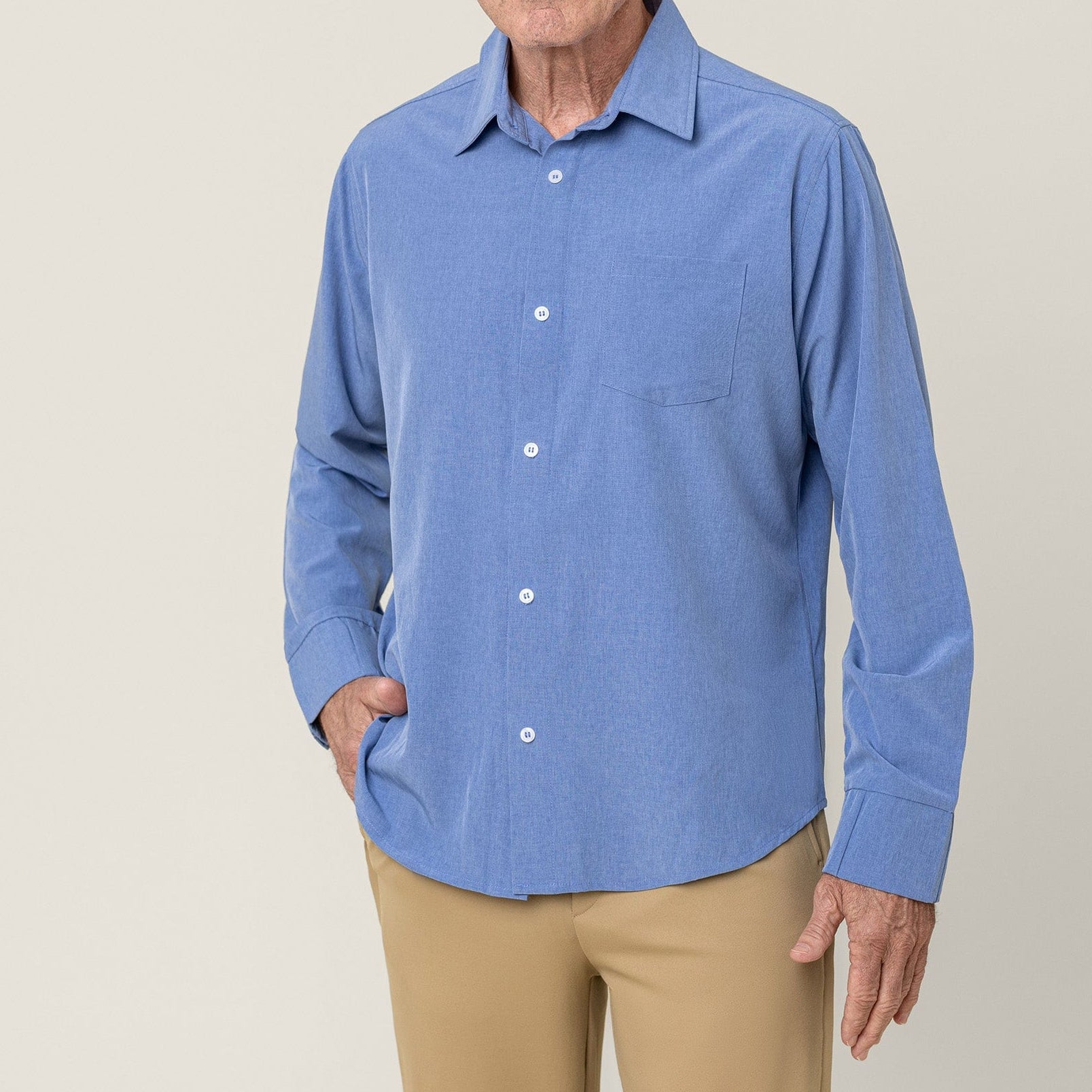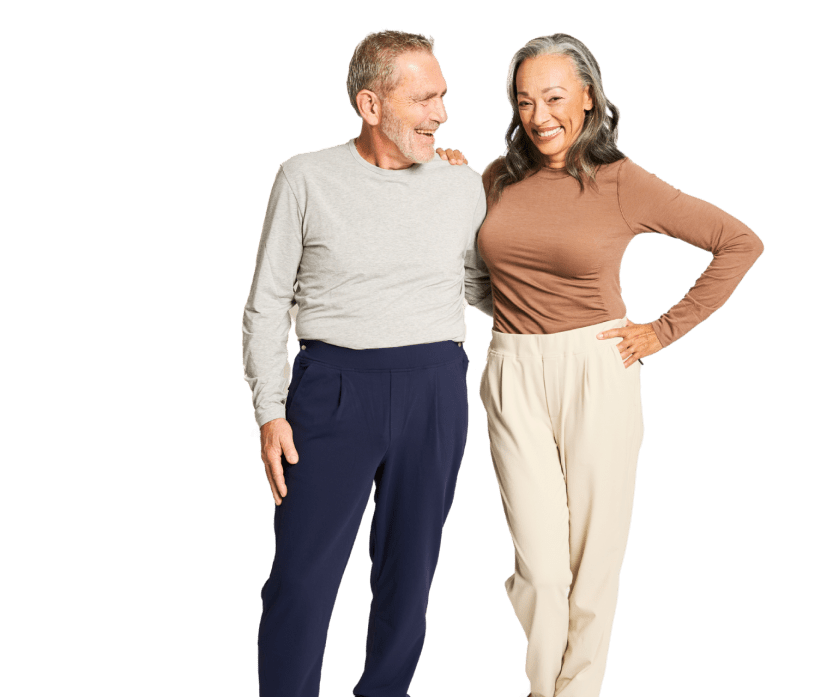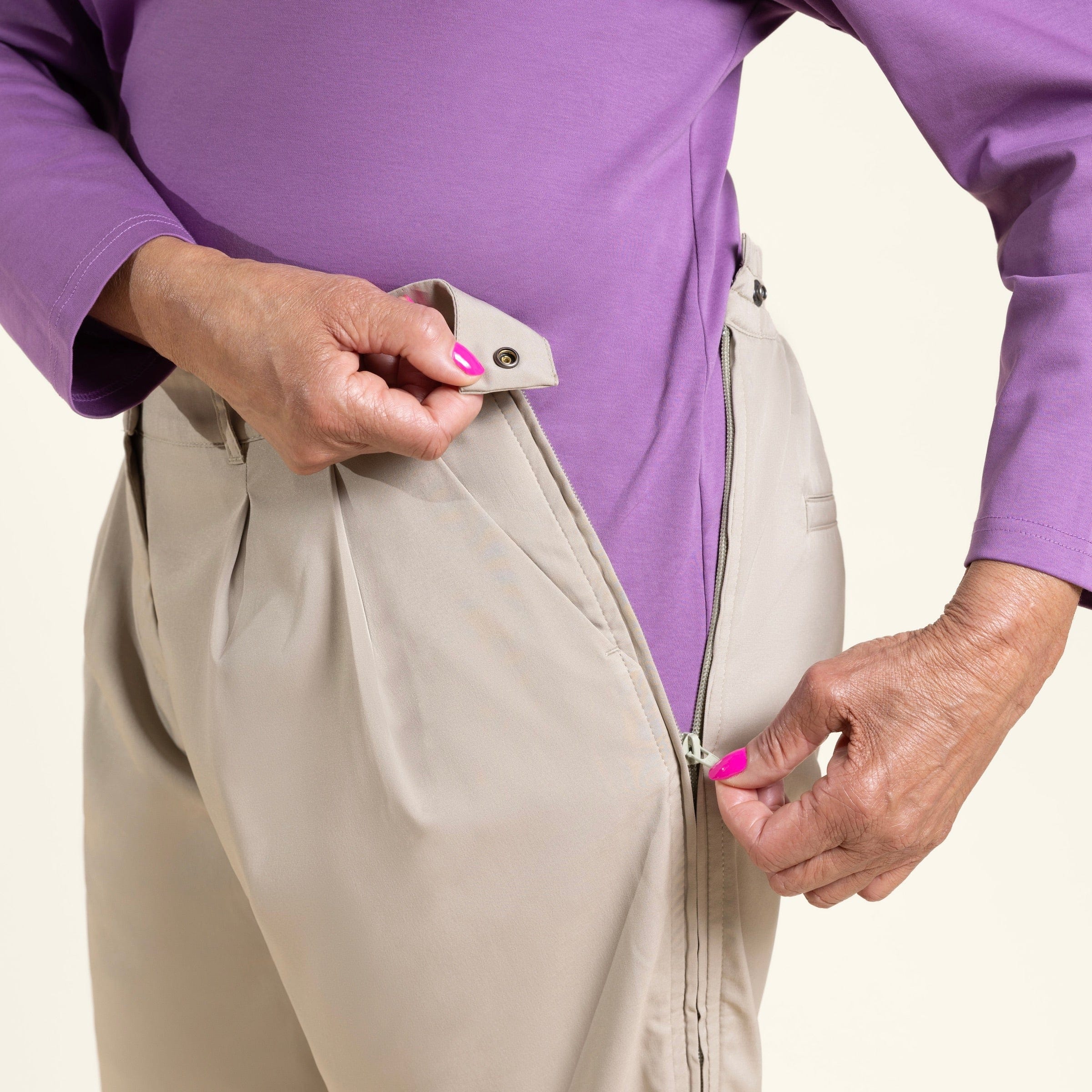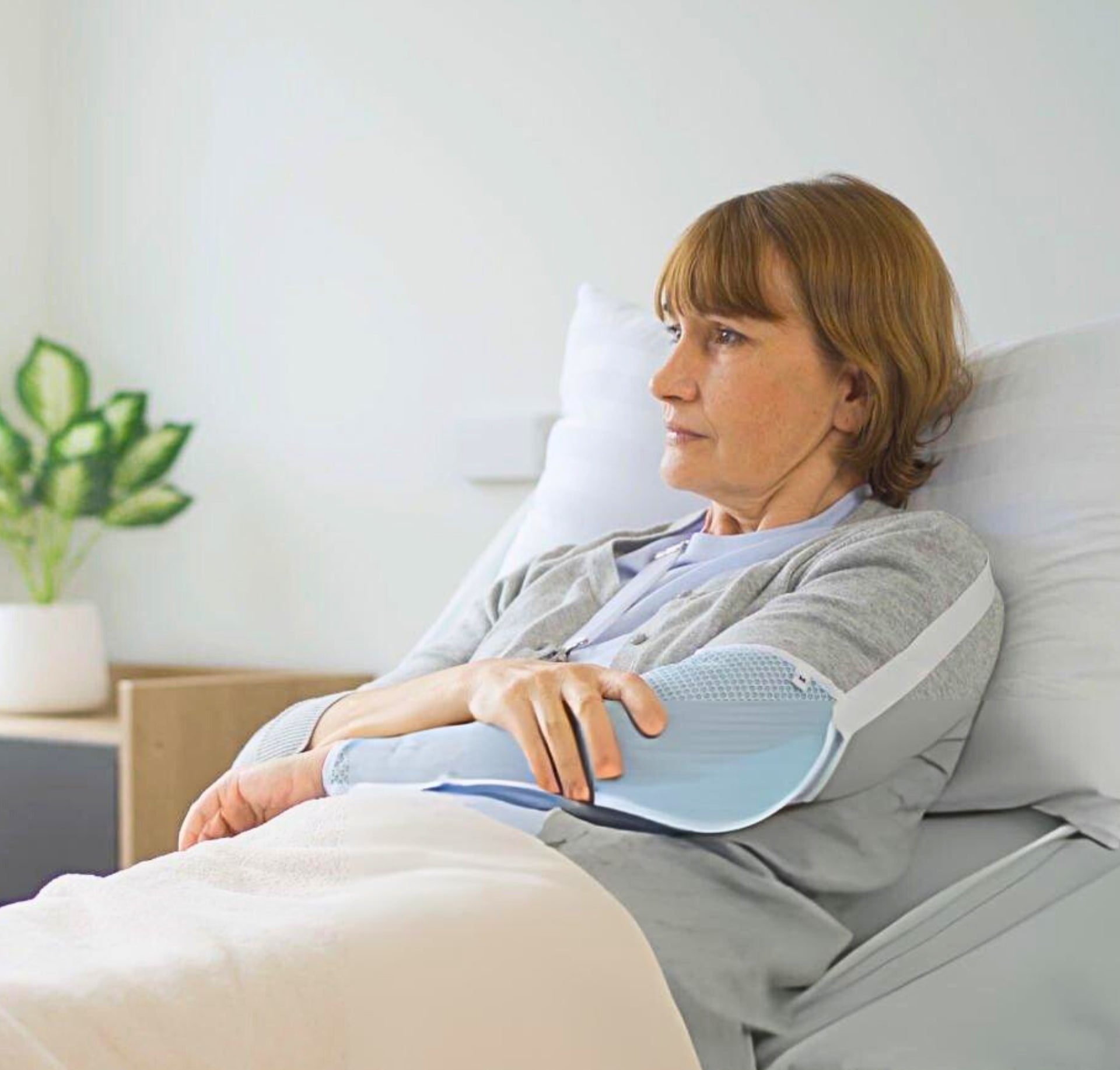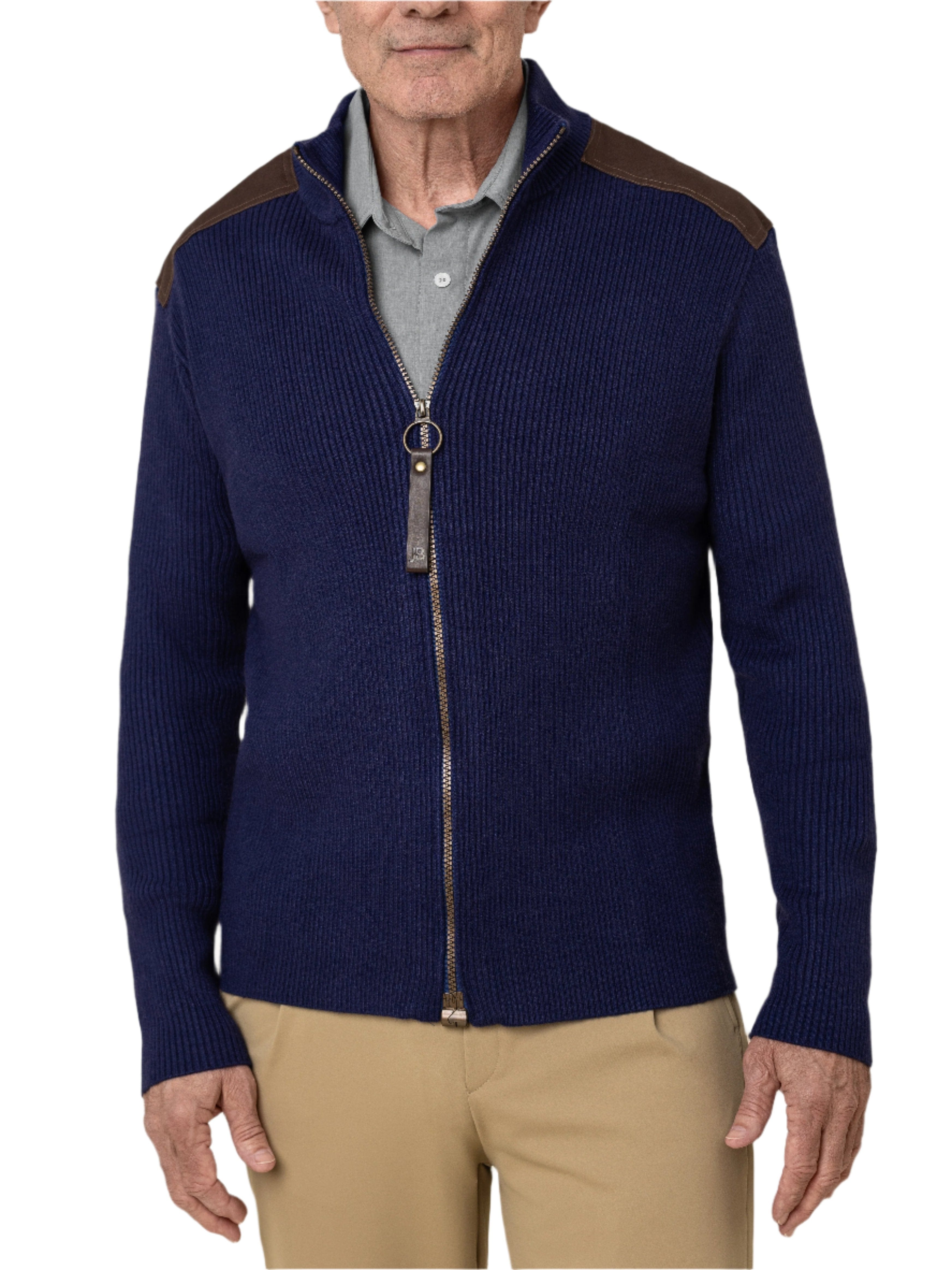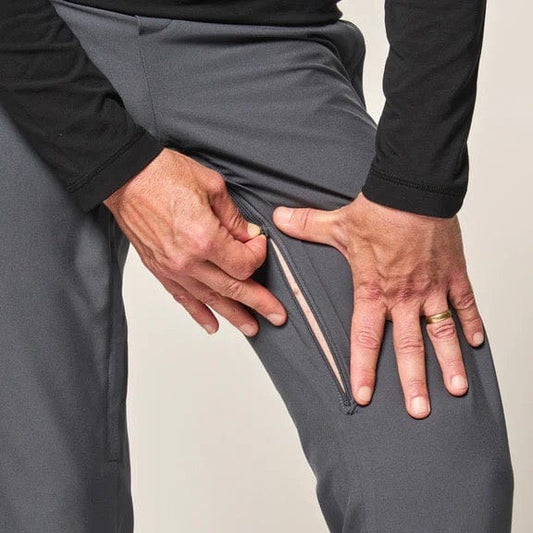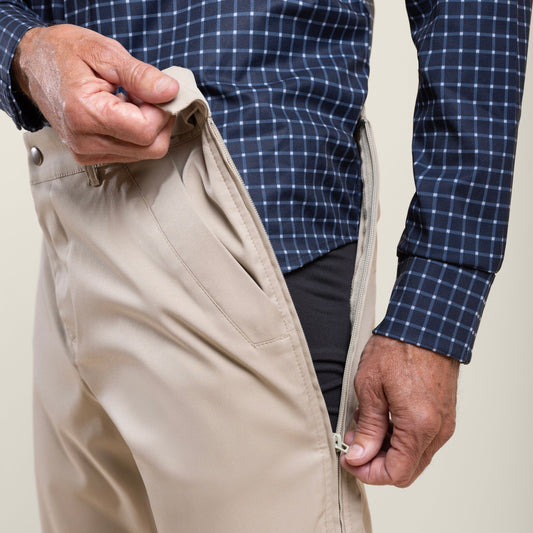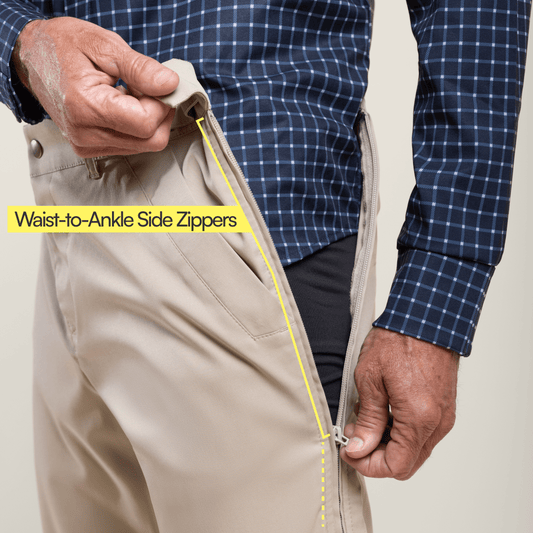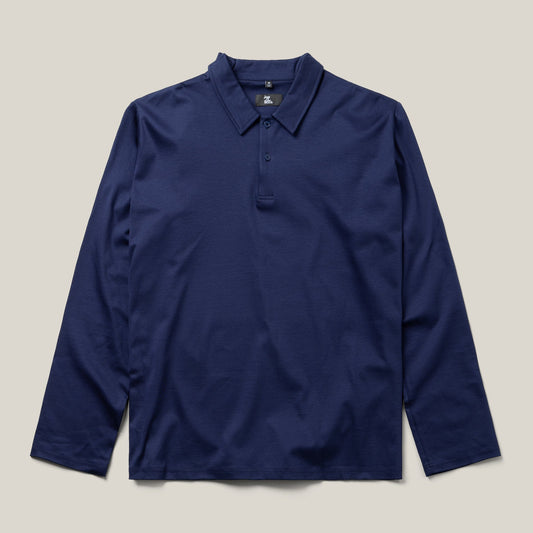Flying on long trips can damage circulation. Sitting for hours in cramped seats makes it difficult for blood to flow properly, often leading to discomfort.
Common problems during flights include swollen ankles, leg fatigue, and the risk of deep vein thrombosis (DVT). Without movement, blood circulation slows, and gravity causes blood to pool in the lower legs.
This can make your legs feel heavy and increase the risk of blood clots and other circulation-related issues.
Compression socks for flying offer a simple and effective solution. Let us explore the benefits of compression socks for travel and how to choose the best compression socks for long flights.
What Are Compression Socks?

Compression socks are specialized socks that promote better blood circulation using graduated compression technology.
They apply different levels of pressure along the leg, with the highest pressure at the ankle and gradually decreasing toward the calf.
Compression socks, with consistent pressure, support the veins in pushing blood back toward the heart, helping counteract the effects of prolonged inactivity.
While many people associate compression socks with air travel, they are also used by athletes, individuals who stand for long hours, and those managing specific health conditions.
Compression socks from Joe & Bella even feature gripper socks technology. Their soles have non-slip grips for extra stability, making them ideal for everyday activities or recovery.
Why Are Compression Socks Important for Flying?

During flights, especially on a long-haul flight, passengers are confined to small seats with limited legroom.
Prolonged sitting can affect blood flow, leading to swollen feet, discomfort, and even deep vein thrombosis (DVT).
Compression socks are important because they help maintain proper blood circulation. They are a type of adaptive clothing that supports blood flow, making long flights easier and safer.
Improved Circulation
Compression socks help maintain proper blood flow during long flights. Graduated compression applies pressure to the lower legs, promoting upward movement of blood and reducing side effects of prolonged inactivity.
This pressure helps veins push blood back to the heart, counteracting the effects of gravity. This is especially important on long-haul flights, where restricted movement tends to cause blood to pool in the lower extremities.
Reduced Swelling
One common issue on flights is swelling in the feet and ankles caused by prolonged sitting.
Compression socks alleviate this swelling by applying gentle pressure that prevents fluid from building up in the lower legs.
For air travelers on long flights, this benefit can make a significant difference in comfort.
Comfort Enhancement
In addition to their health benefits, compression socks can reduce muscle fatigue. They provide gentle support to the legs, helping prevent the heaviness and tiredness that often occur during long flights.
Many frequent flyers find that wearing compression socks leaves them feeling less fatigued and more refreshed.
The extra support helps maintain muscle efficiency, reduce soreness, and speed up recovery after a long flight.
When paired with comfortable clothing, compression socks can significantly improve a traveler's experience by ensuring a relaxed and enjoyable flight.
Prevention of Varicose Veins
Compression socks can offer added protection for those prone to varicose or spider veins. They improve blood flow and reduce pressure buildup in the veins, helping prevent vein damage.
This is particularly valuable on long-haul flights when circulation is compromised. It ensures that blood moves efficiently and reduces discomfort.
How to Choose the Right Compression Socks for Flying

Choosing the right compression socks is key to a comfortable flight. Consider the factors below when choosing socks.
Compression Level
Compression socks come in various levels. For most travelers, mild to moderate compression (15-20 mmHg) is enough to promote circulation and reduce swelling.
Those at higher risk of DVT or with specific medical conditions may require a firmer level of compression.
It is essential to choose the right level based on your needs—a healthcare professional can help determine what is best for you.
Material and Comfort
Compression socks are made from materials like a nylon and spandex blend. Choose socks that are breathable and moisture-wicking to prevent skin irritation or excessive sweating.
Comfort is essential, especially for long haul flights, so select a pair that offers a comfortable fit without being too tight.
Sizing and Fit
A proper fit is crucial for compression socks to work effectively. Measure your legs, especially around the calves and ankles, to select the correct size.
Most brands provide sizing charts to help you choose. Socks that are too tight may cause discomfort, while those that are too loose might not offer the intended benefits.
If you have conditions like diabetes, consult a doctor before purchasing.
Style and Length
Compression socks come in different lengths, including knee-high, thigh-high, and full-length options. For most air travelers, knee-high socks provide the necessary support.
Thigh high socks may offer additional benefits for those at greater risk of circulation issues. Choose a style that is easy to put on and that best meets your personal preference and support needs.
How to Use Compression Socks During a Flight

For best results, put on your compression socks before boarding or shortly before takeoff.
This ensures that your circulation is supported from the start of your flight. Wear them throughout the flight, especially during long-haul flights and even during layovers.
Ensure that your socks are not too tight, as excessive pressure can cause discomfort.
During the flight, take time to stretch your legs, walk around periodically, and do simple exercises to encourage circulation.
Who Should Use Compression Socks for Flying?
Compression socks benefit many air travelers. They are especially useful for:
Frequent Flyers
Those who travel regularly for work or leisure and spend long days sitting in confined spaces.
By using compression socks, frequent travelers can minimize these risks and make their journeys more comfortable, reducing the impact of regular air travel on their health.
Individuals Prone to Swelling
Individuals who are prone to swelling in their feet and ankles often find relief with compression socks.
The gentle pressure applied by these socks helps prevent fluid from accumulating, which is common during long periods of inactivity, such as sitting on a plane.
This can make a considerable difference in comfort for those who experience swelling regularly.
People at Risk of Deep Vein Thrombosis (DVT)
Certain groups like older adults, pregnant women, and passengers with a history of blood clots have a higher risk for DVT.
If you fall under any of these groups, compression socks can help during your flights. However, remember to consult a healthcare professional before flying.
Travelers With Chronic Conditions
Those with conditions such as diabetes or varicose veins can benefit from the extra support of compression socks.
Potential Risks and Considerations
While compression socks are generally safe, there are a few precautions to note. Socks that are too tight or worn for extended periods without a break may cause discomfort.
Individuals with diabetes or vascular conditions should consult a healthcare provider to ensure they use compression socks correctly and safely.
This helps maximize the benefits while minimizing potential risks.
Final Words on Compression Socks for Flying
Compression socks are vital travel accessories, especially for long-haul flights. They improve blood circulation, reduce swelling, and help prevent serious issues like deep vein thrombosis (DVT).
By selecting the right pair and wearing them correctly, you can enhance your in-flight comfort and well-being.
If you have experienced discomfort or tired legs on previous flights, consider investing in quality compression socks for flying from Joe & Bella.
They offer extra support and can make your air travel experience much more comfortable.






